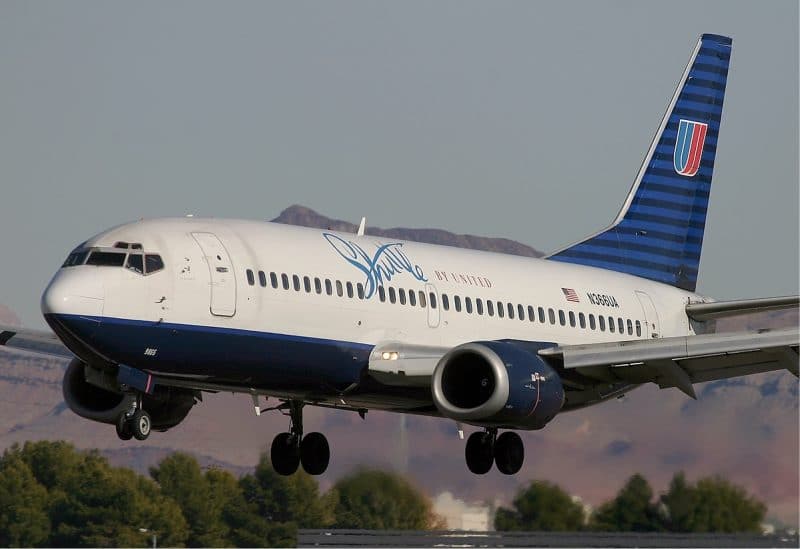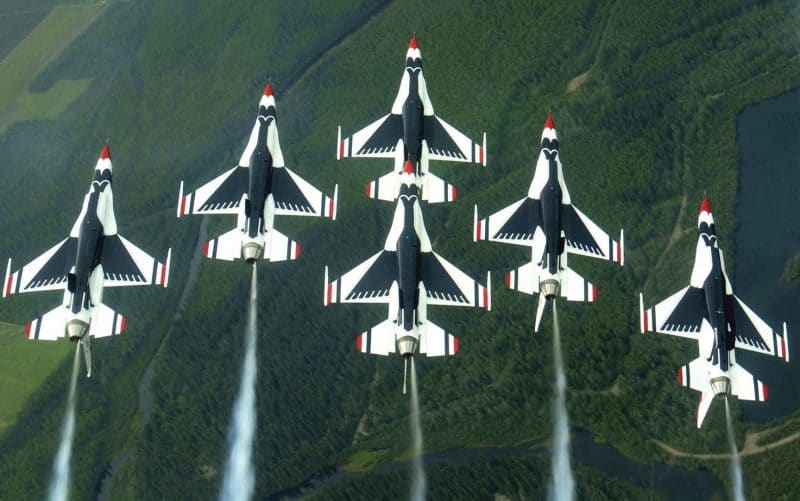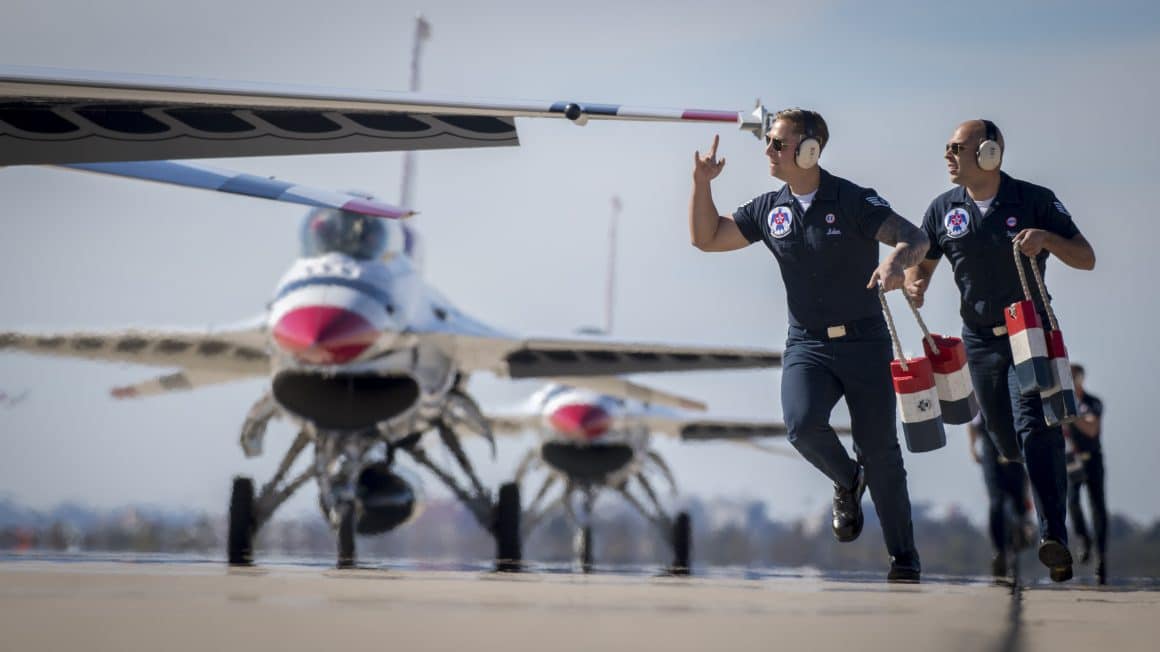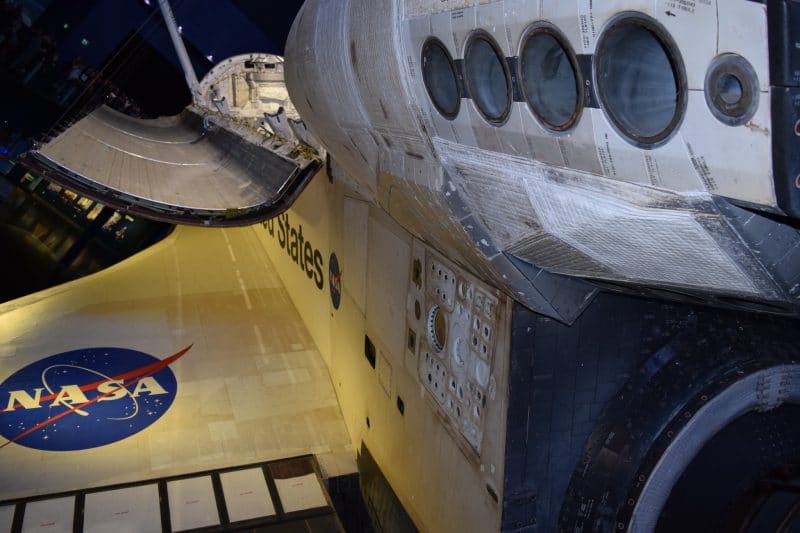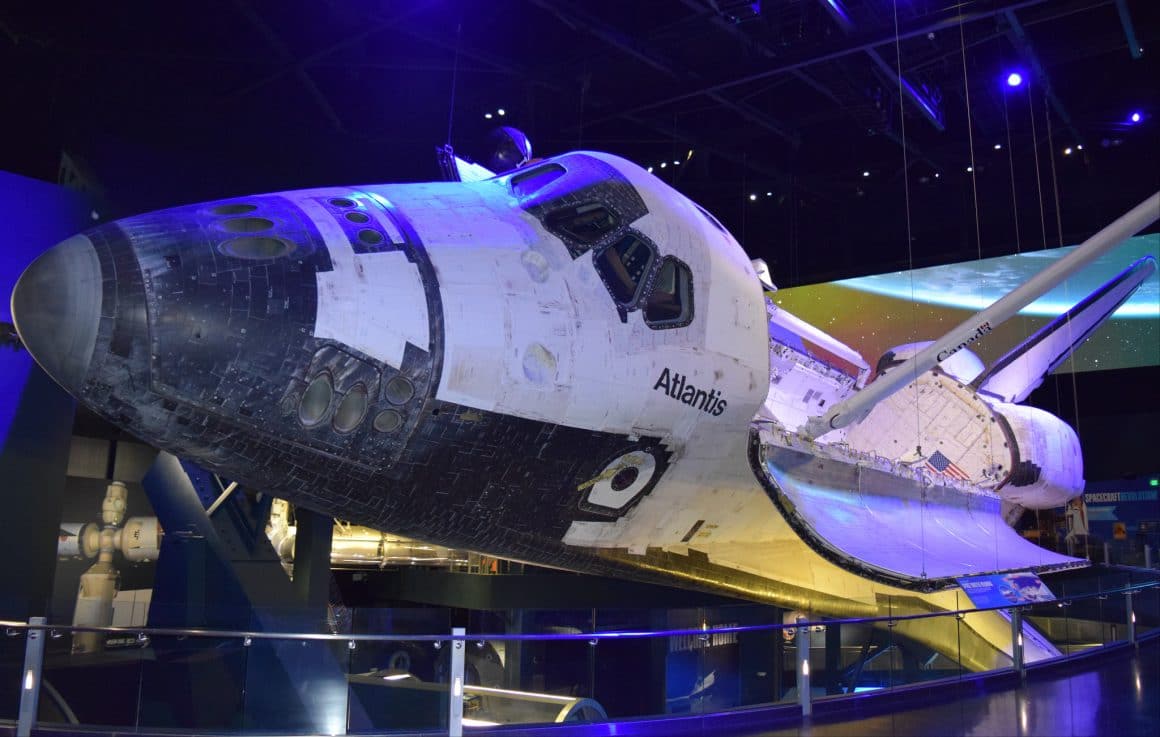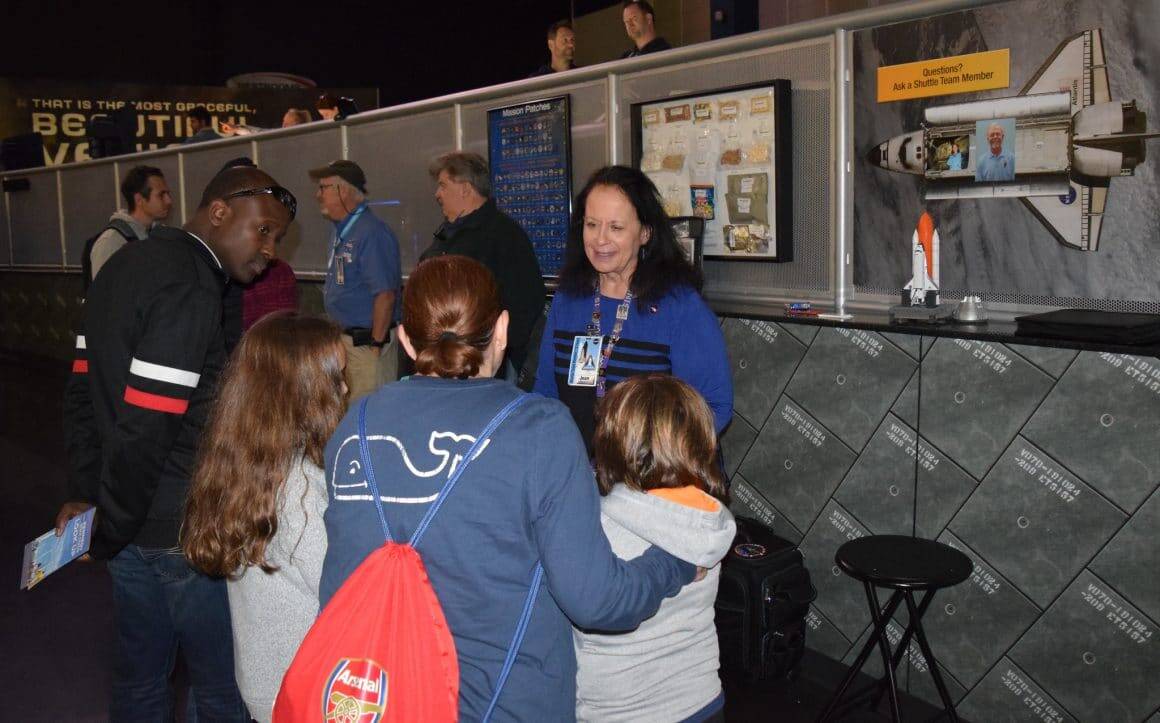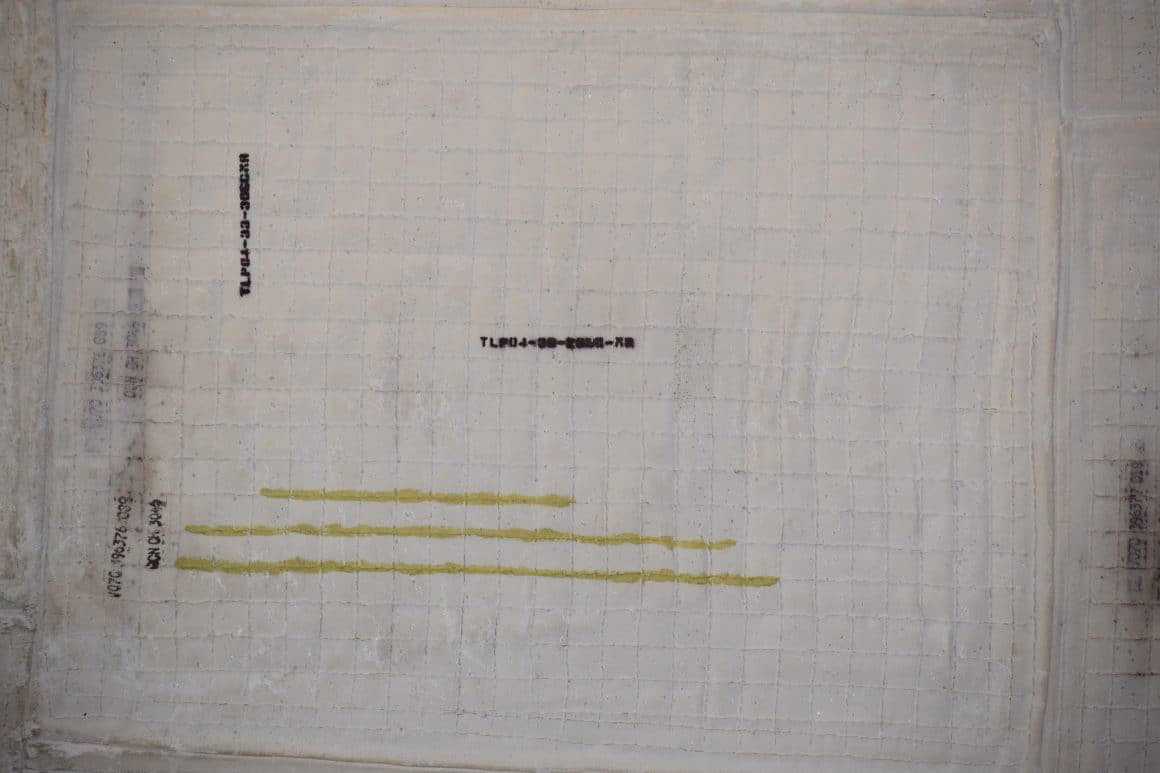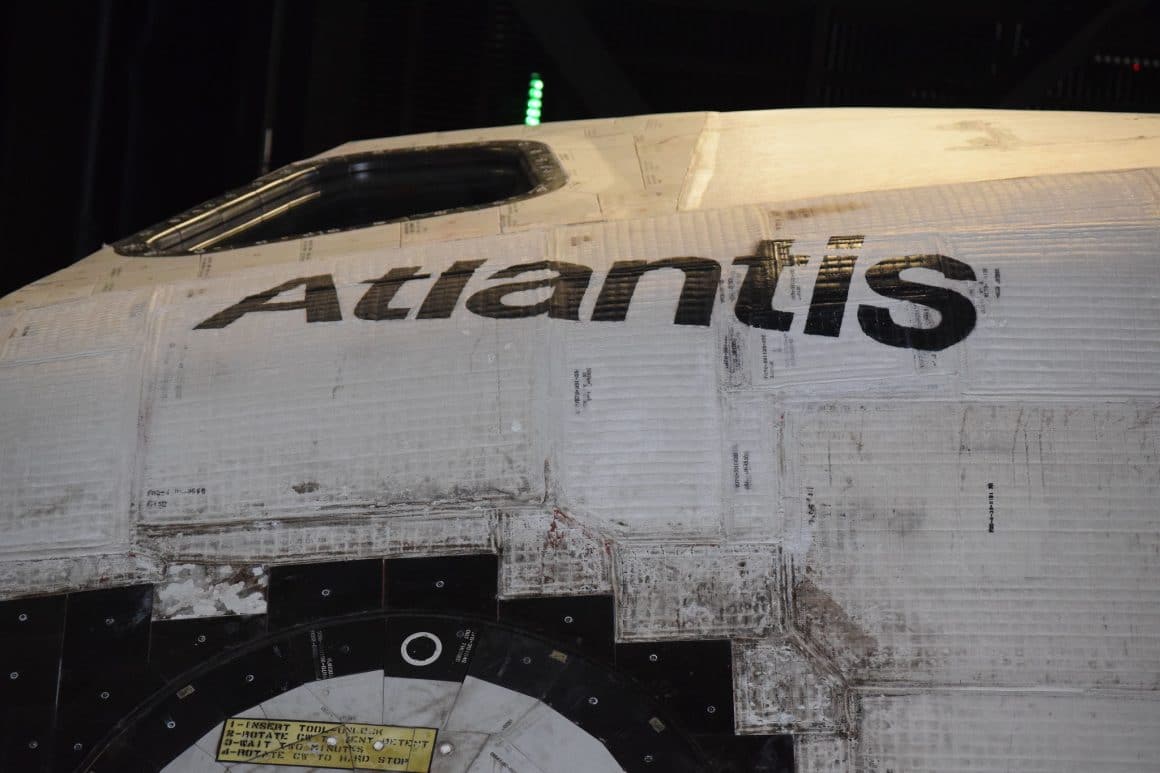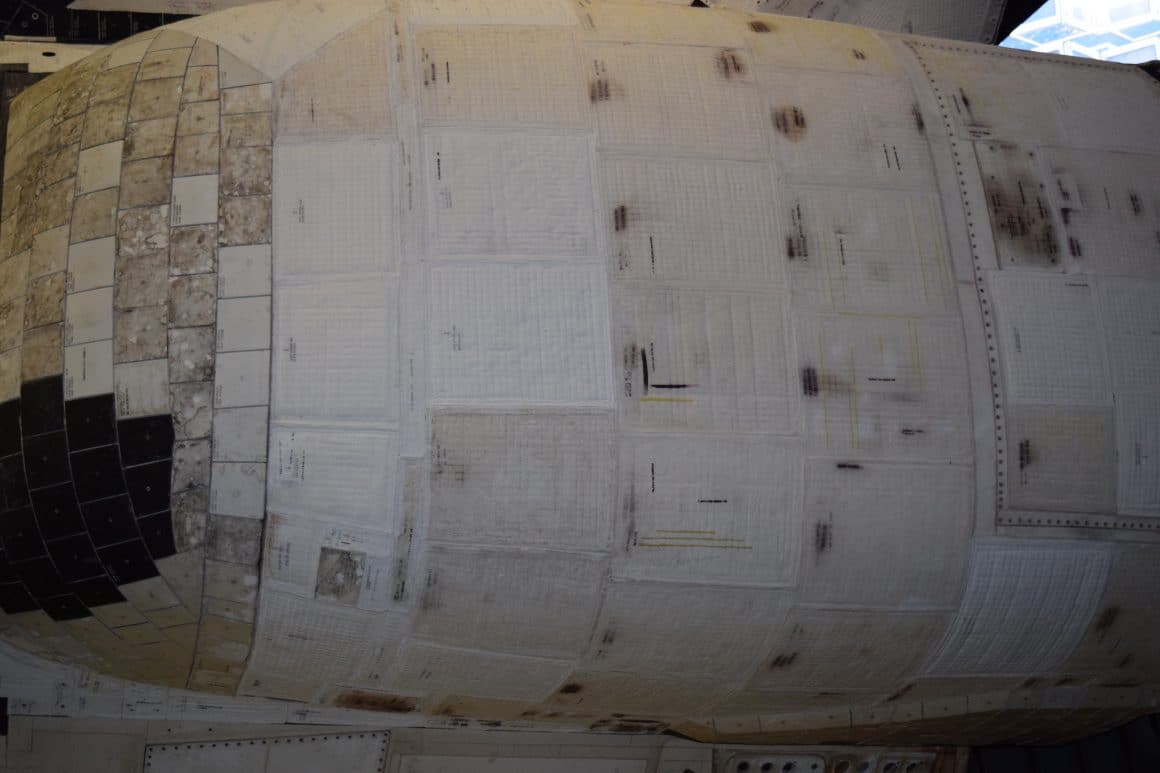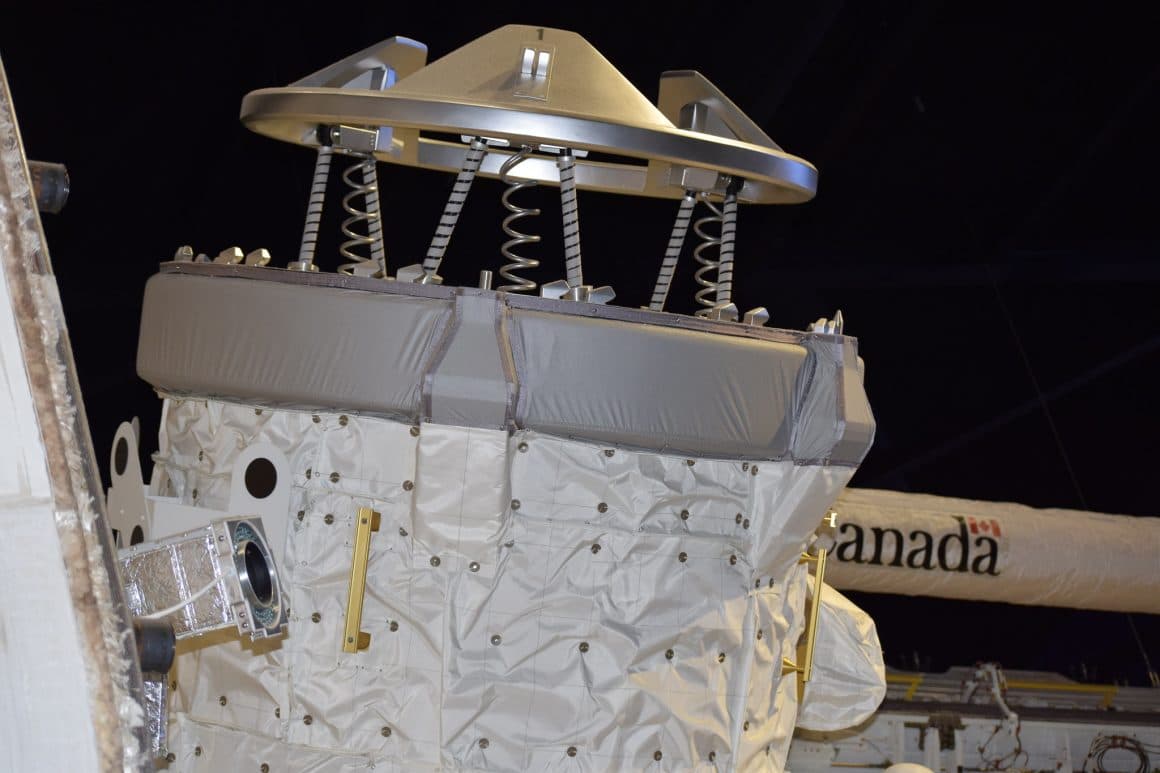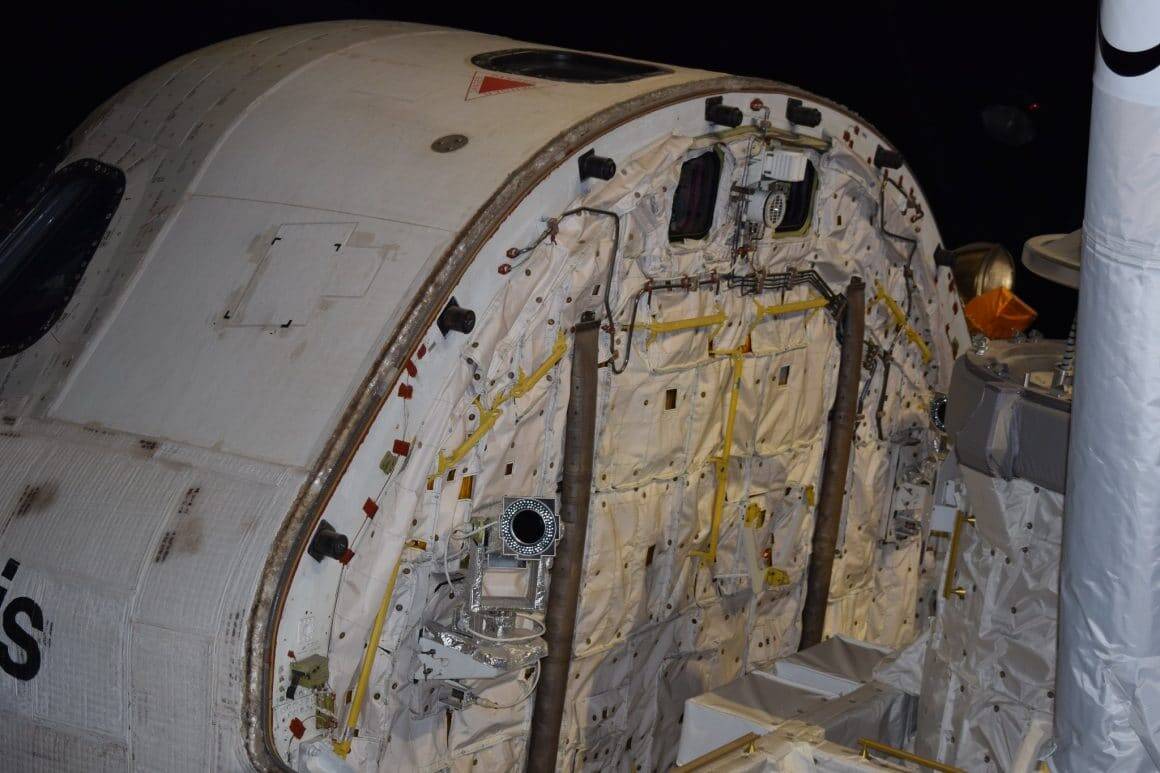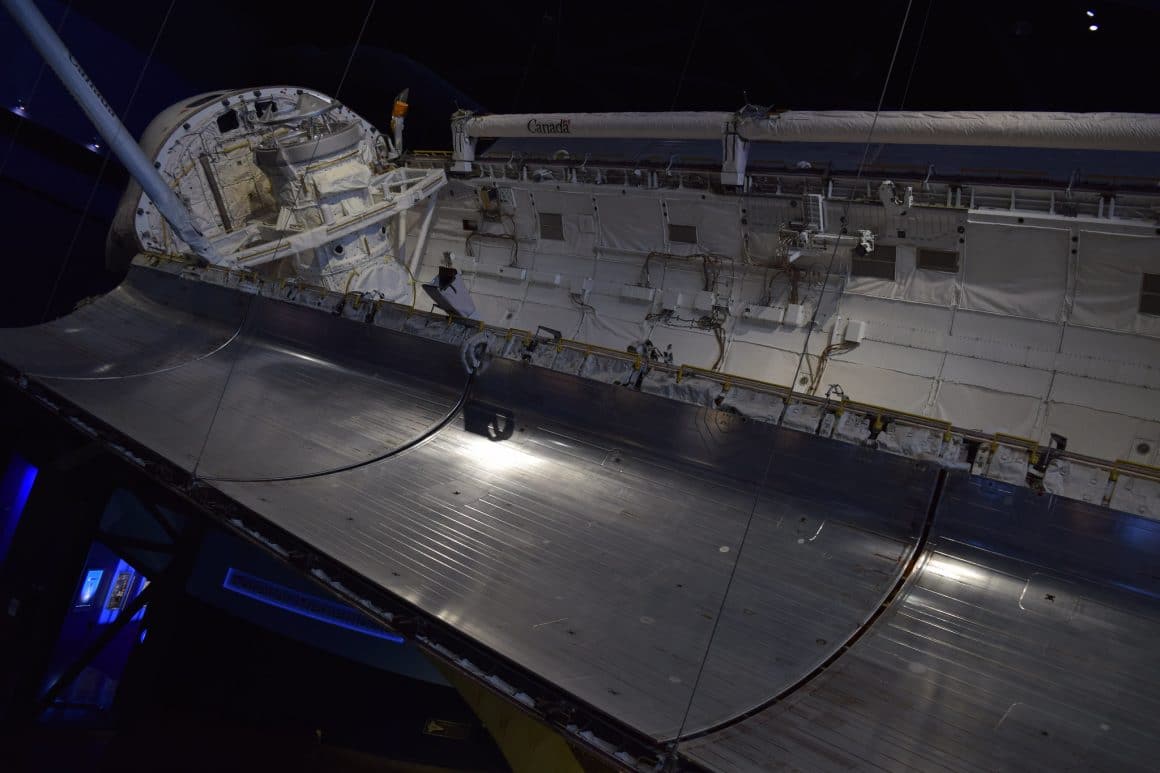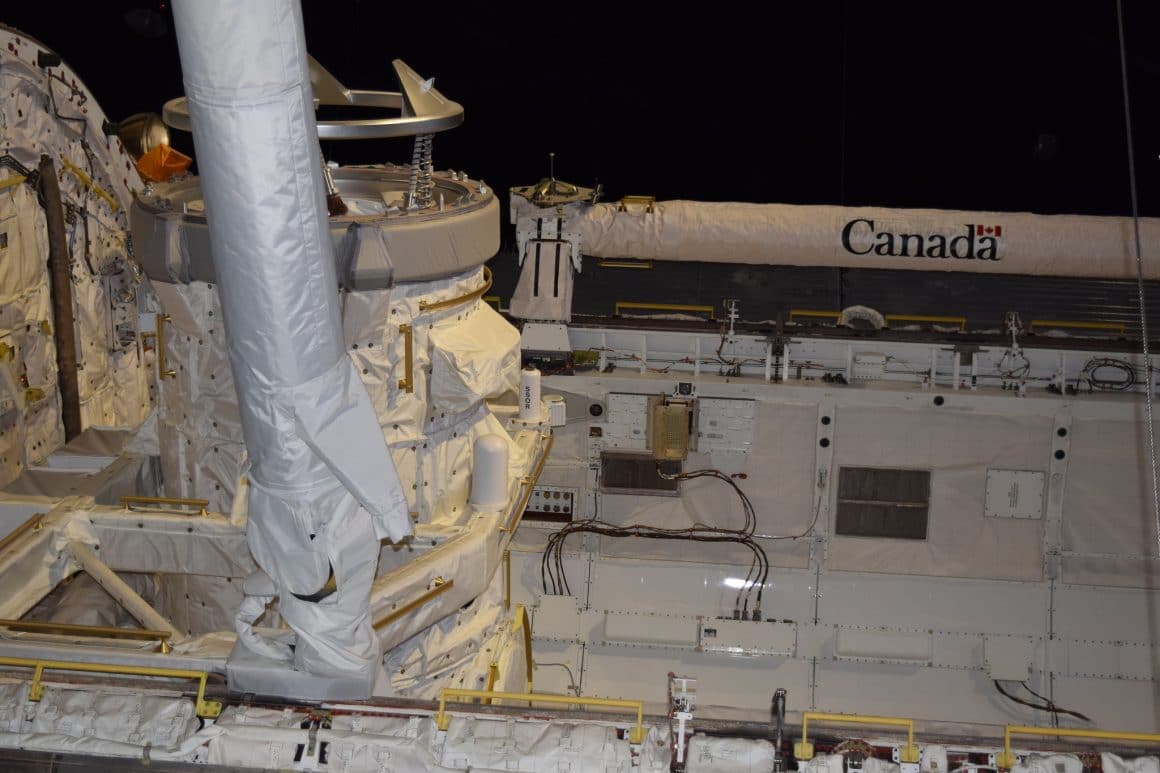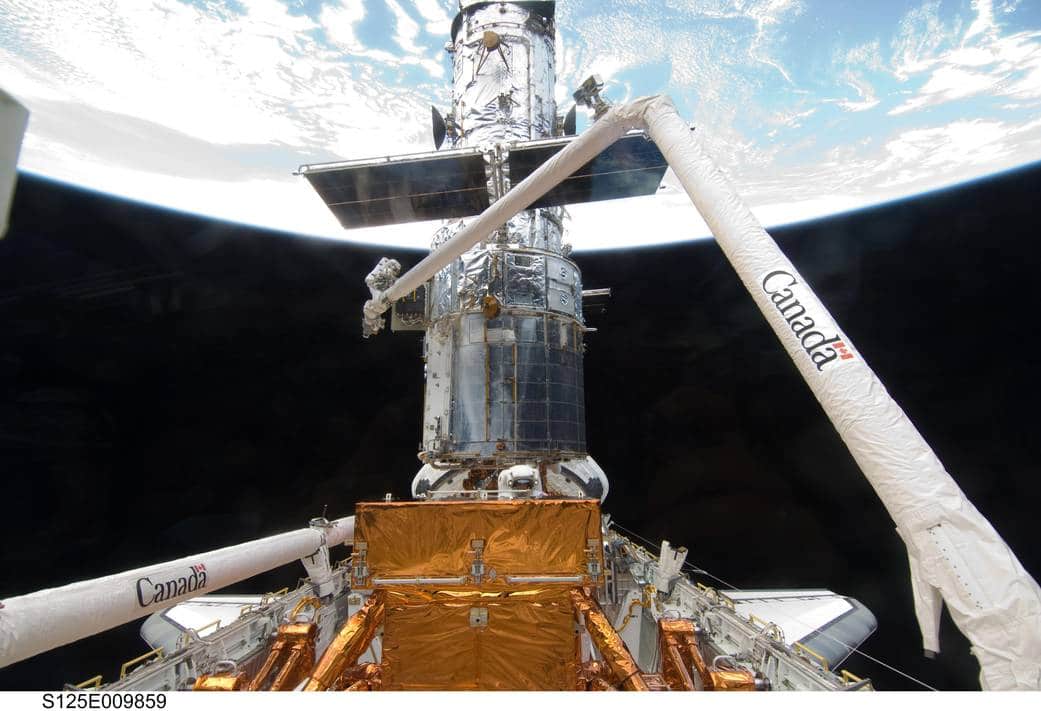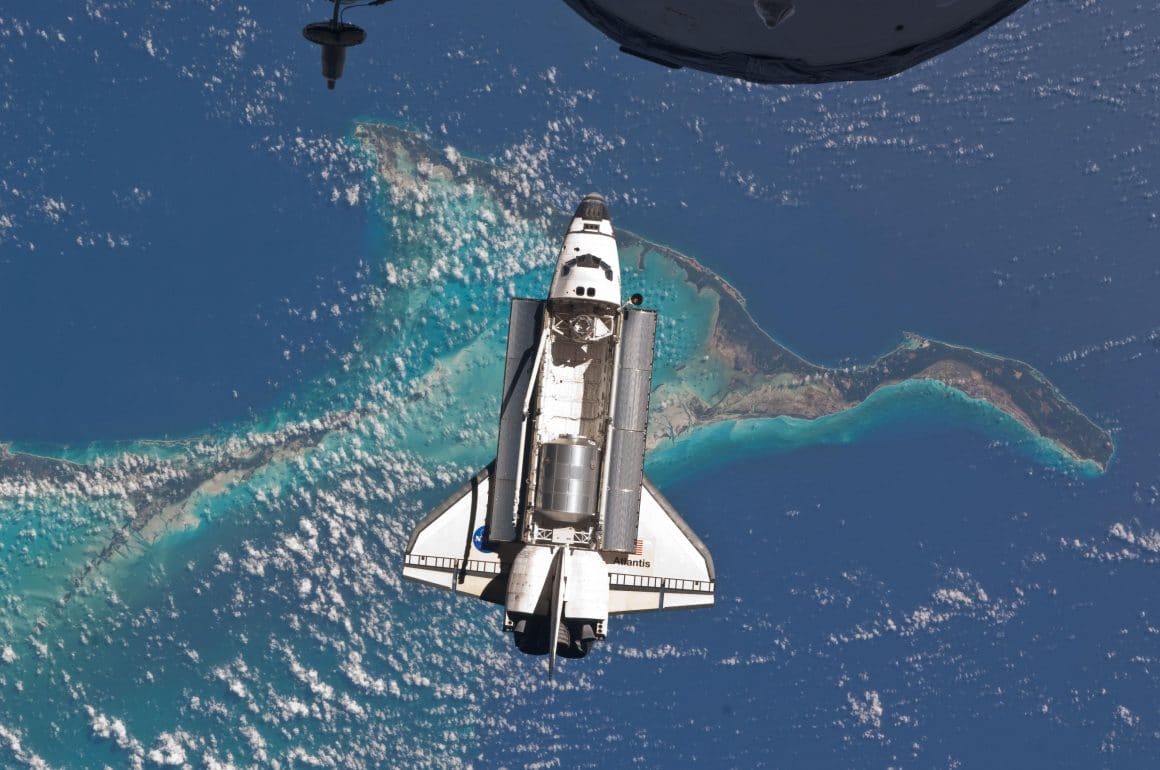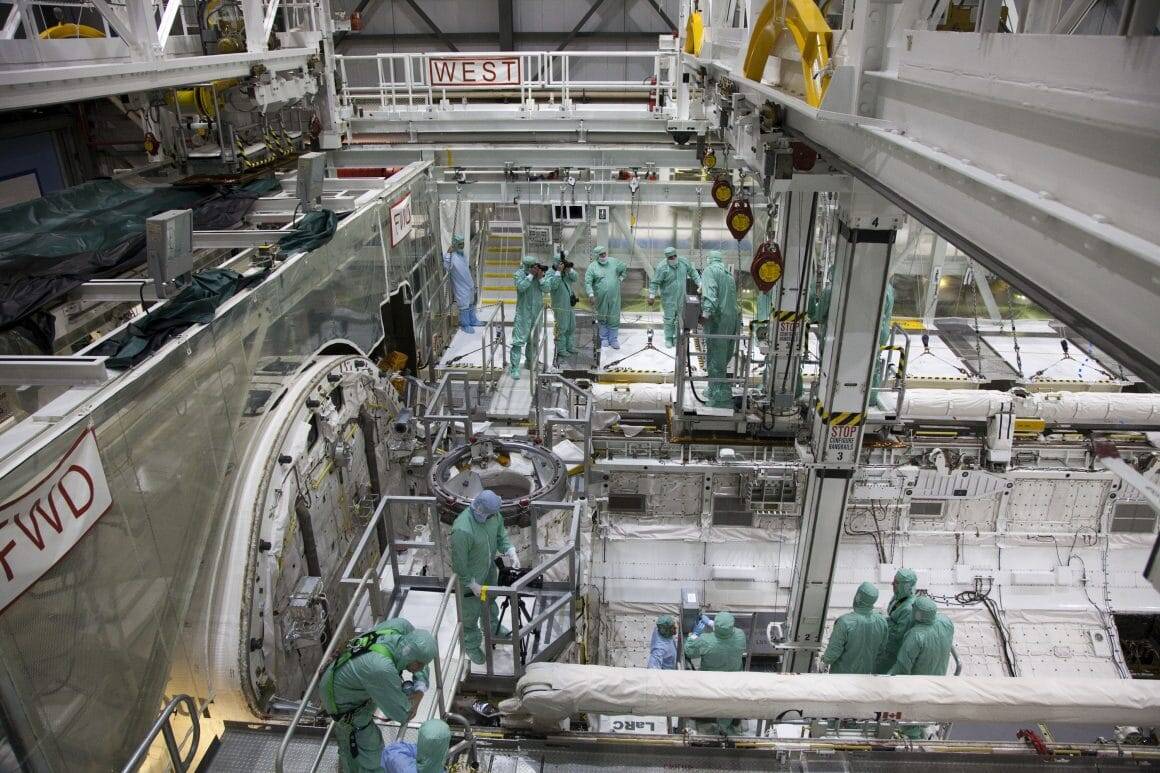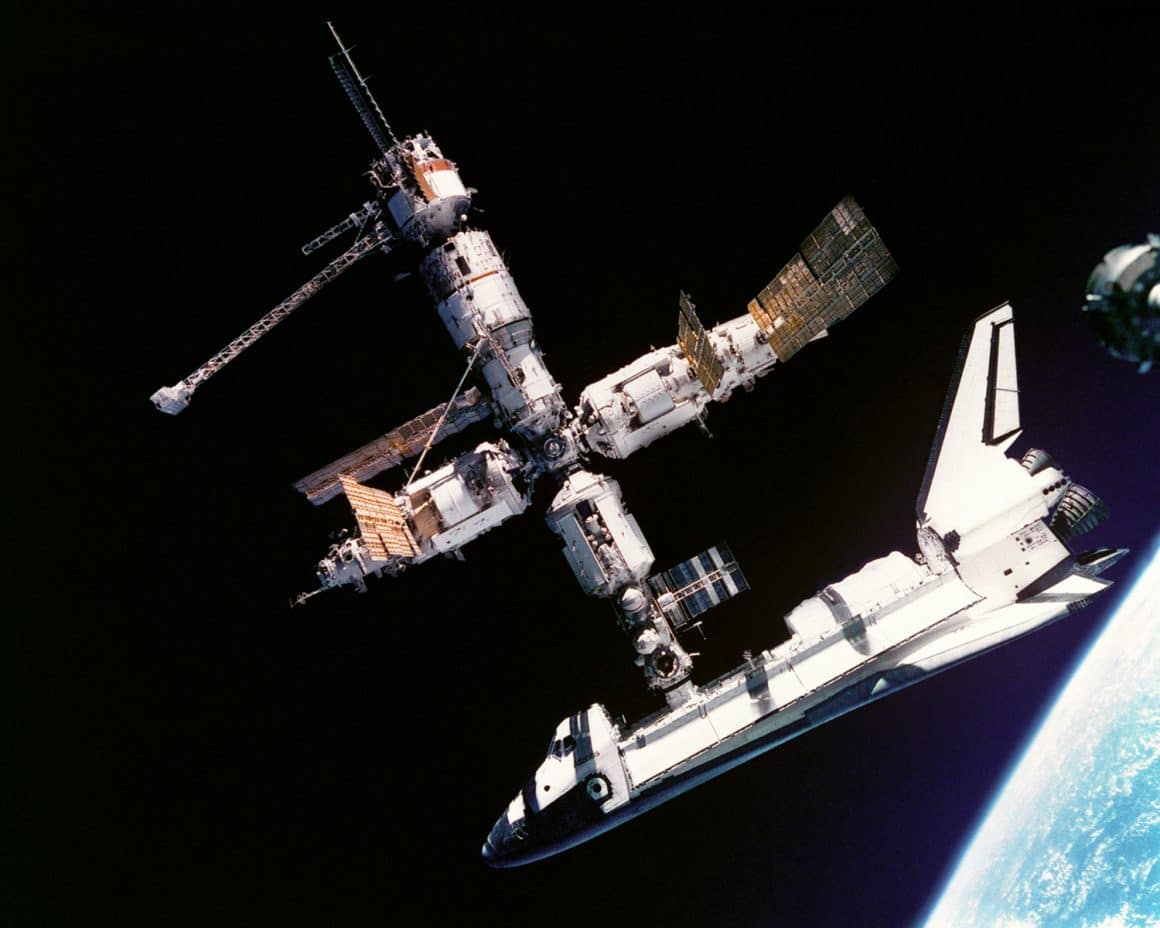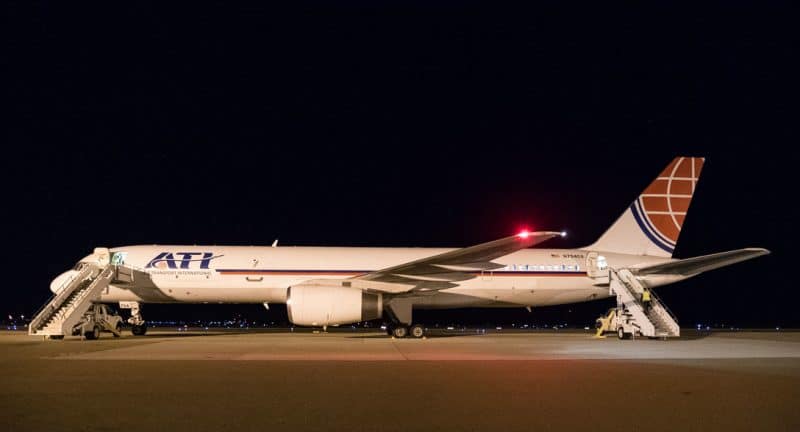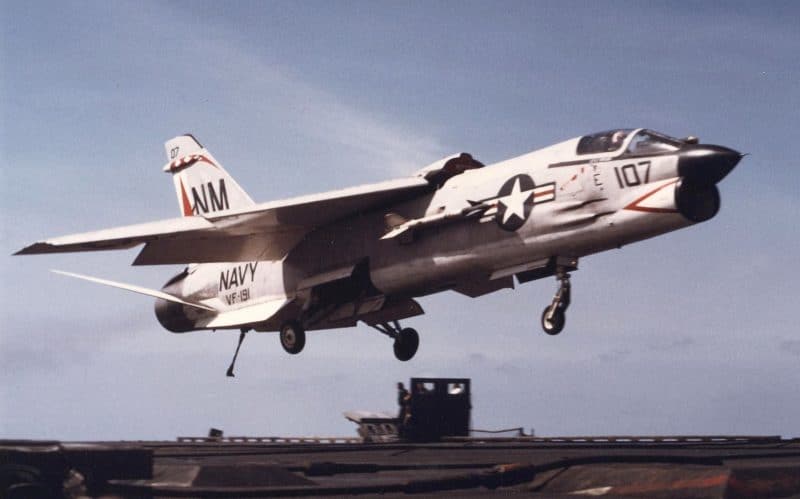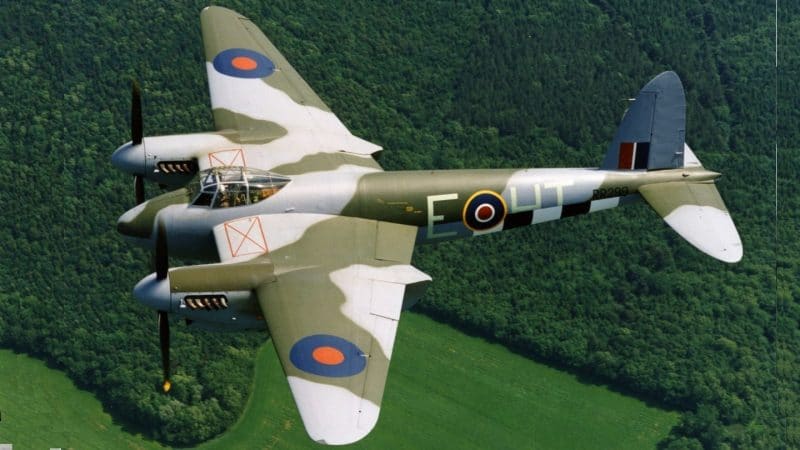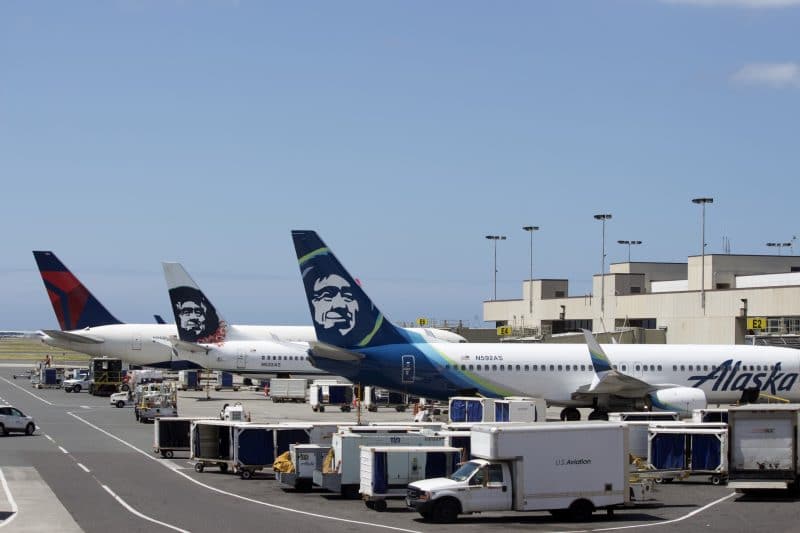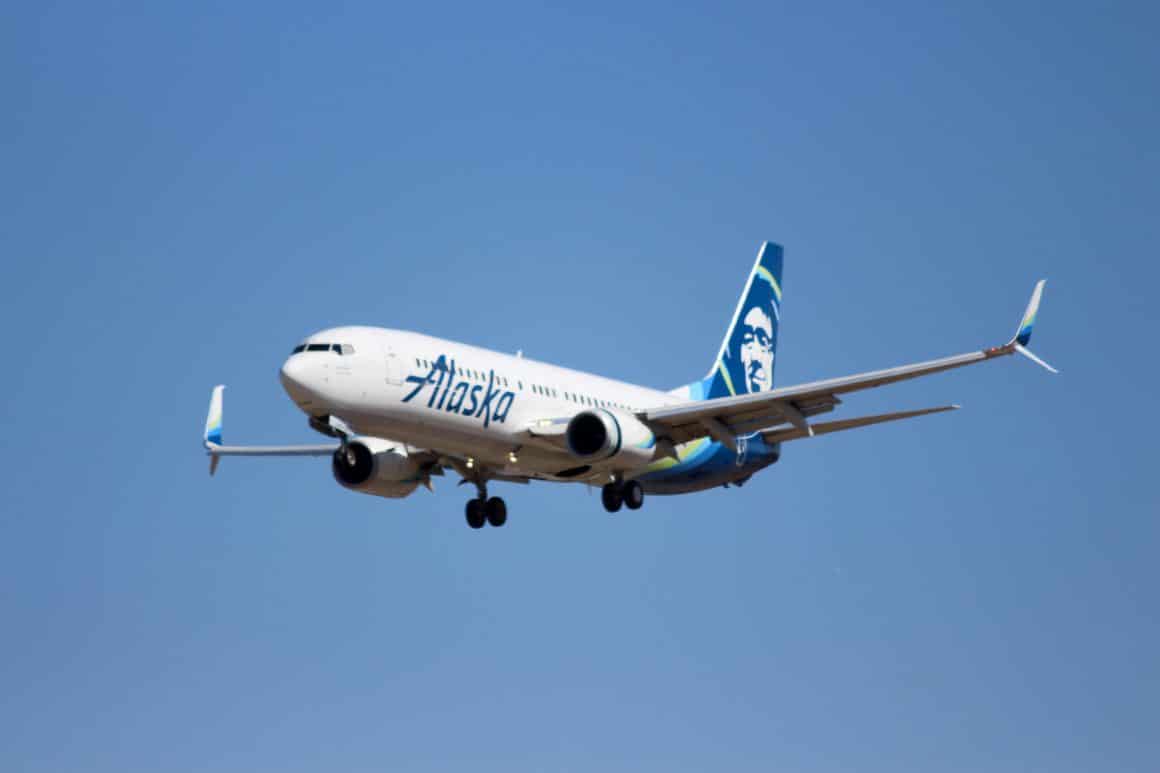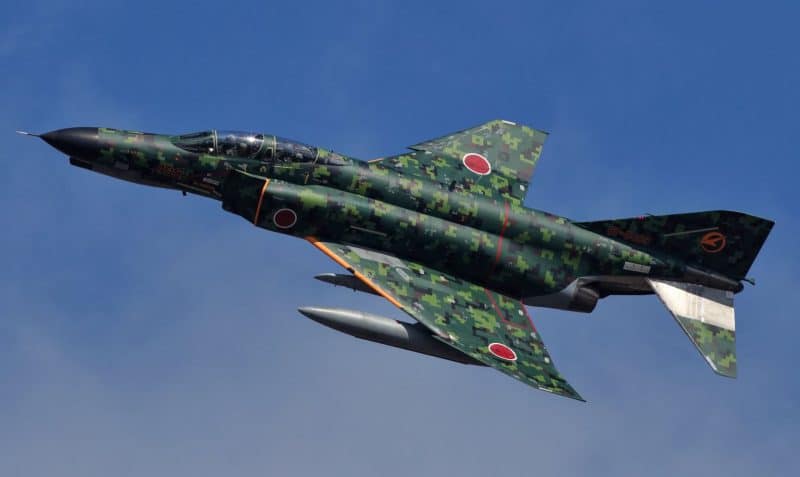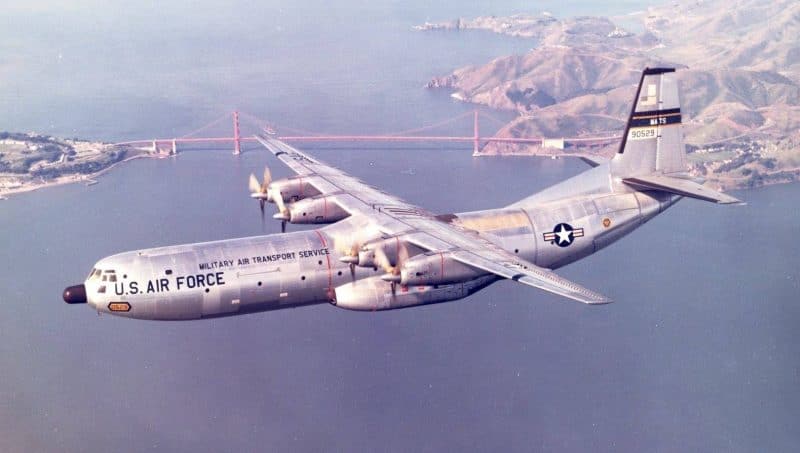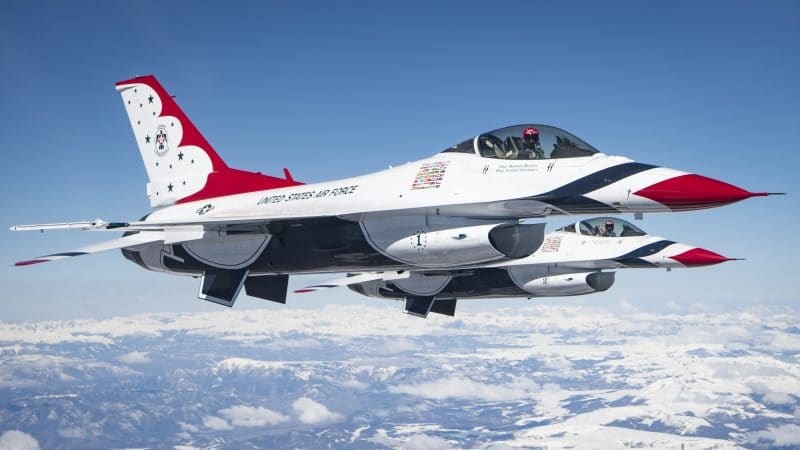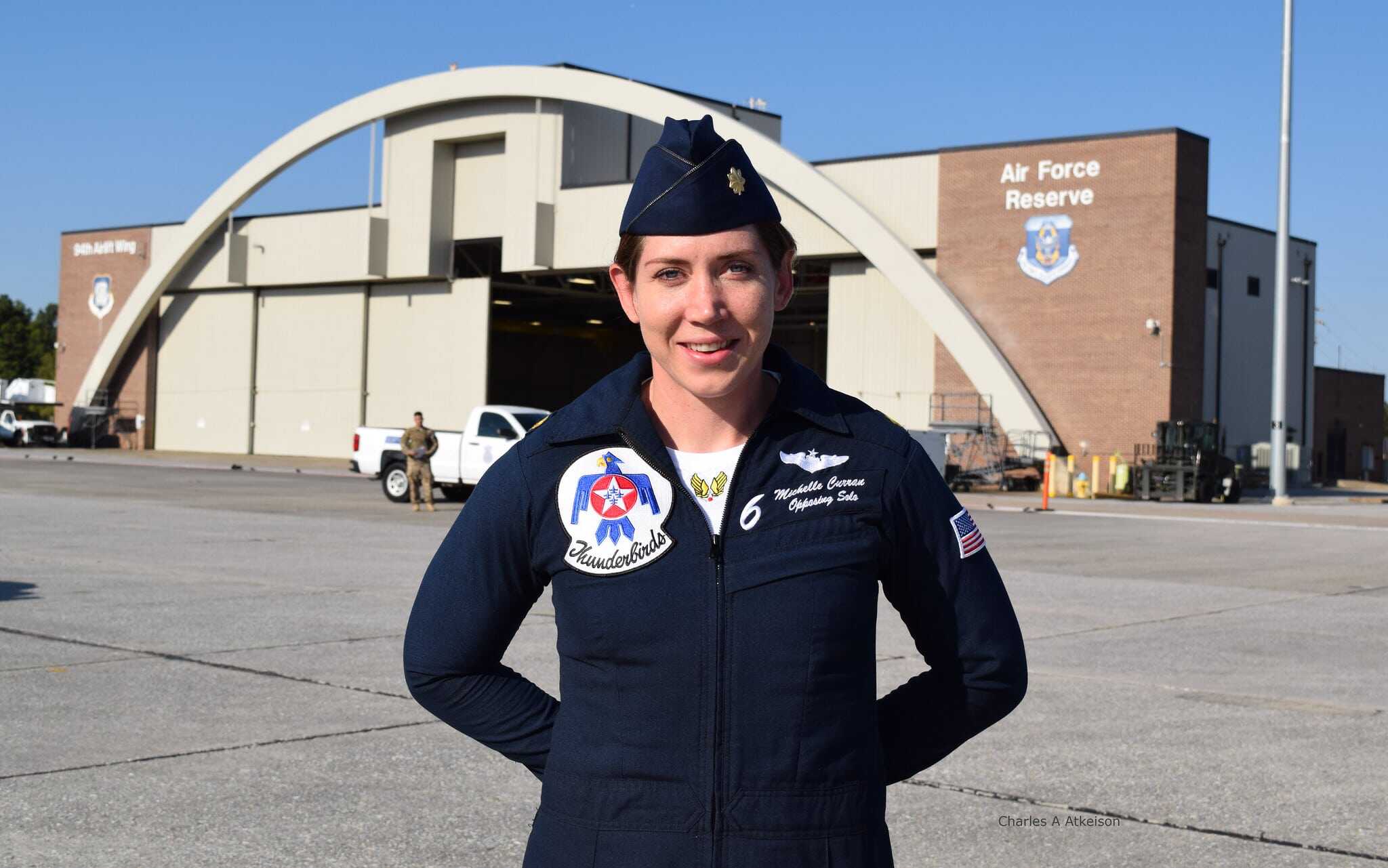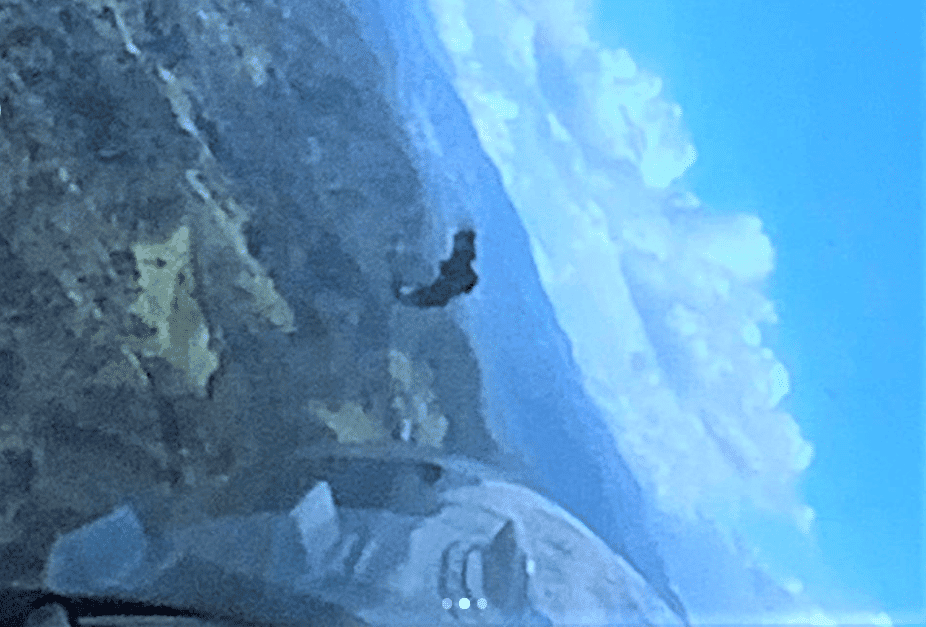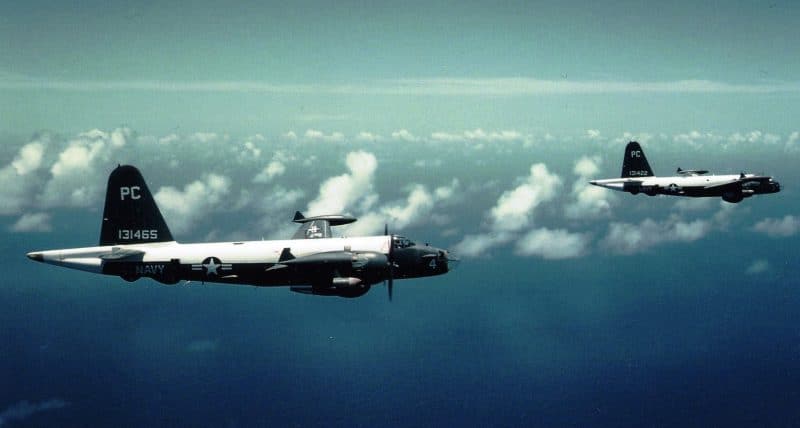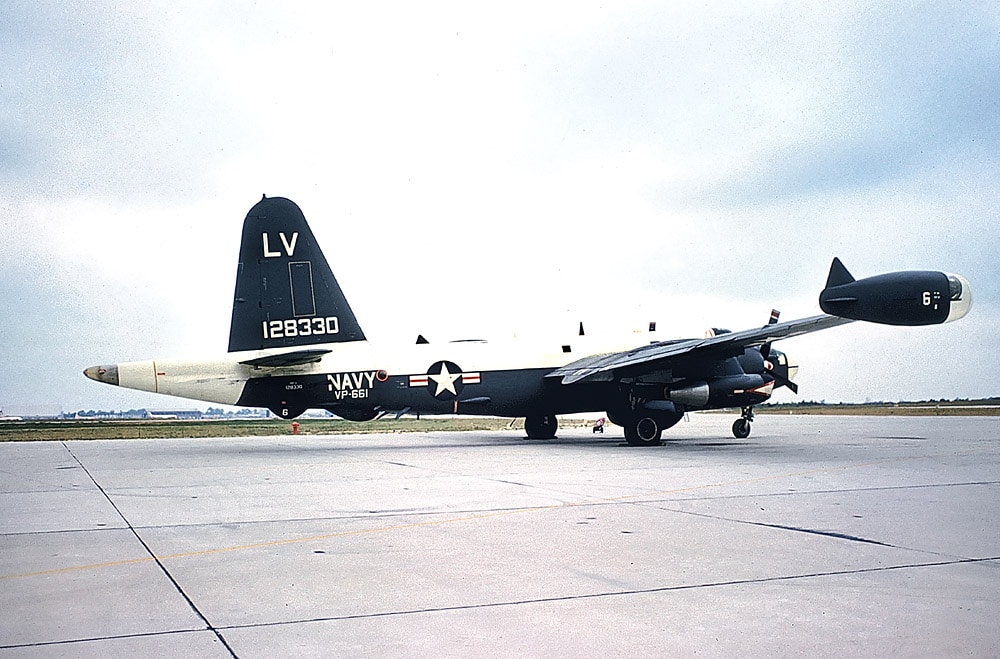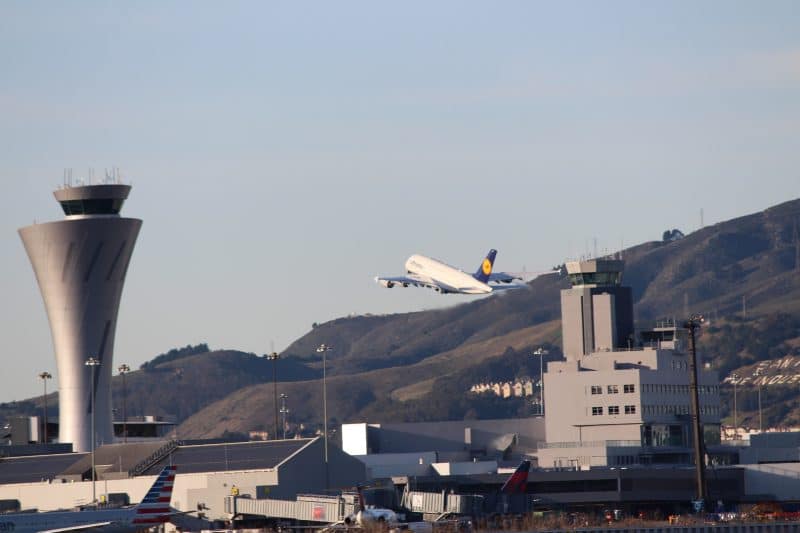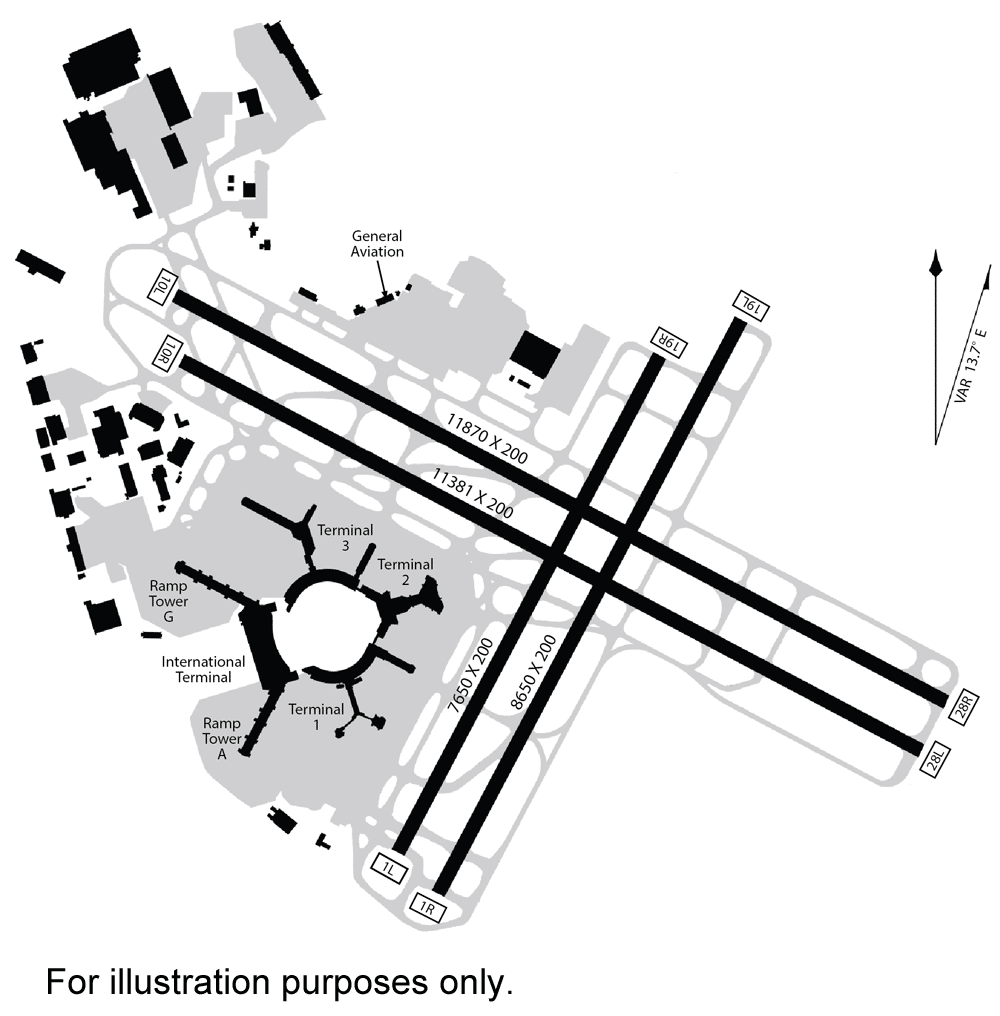From time to time, traditional airlines attempt to compete with low-cost carriers by introducing a new product. This was particularly the case in the 1990s and early 2000s, when not one, not two, not three, not four, but five different budget airlines were introduced by Delta, United and American Airlines predecessor U.S. Airways. For a while, trying to start a new airline within an airline was the trendy thing to do. Here are 5 interesting failures…
Delta Express

Delta Express came first, founded in 1996. Based in Orlando, its primary target was snowbirds and other leisure travelers flying between the Northeast and Florida. Over its life, the airline flew to more than 30 different domestic destinations across 18 states, as far west as Oklahoma City, bringing passengers down to top destinations in Florida. The airline also flew into all New York City airports.
The fleet was entirely Boeing 737-200 aircraft, with livery very similar to the traditional Delta livery. As a budget airline, Delta Express only offered one class of service and there was never any meal service or in-flight entertainment.
The bare bones airline had a decent run, lasting seven years, competing with MetroJet (U.S. Airways’ version of the same type of service), Southwest Airlines and JetBlue. Delta would go on to replace Delta Express with a new, similar, low-cost service, christened Song.
MetroJet

U.S. Airways’ MetroJet took to the skies very shortly after Delta Express, giving the budget airline within an airline a run for its money from 1998 to 2001. However, while Delta Express focused on ferrying travelers to and from Florida, MetroJet looked at the Northeast as its primary target, where it was at the time facing competition from Southwest and AirTran Airways, as well as Delta Express to an extent.
From its Baltimore hub, MetroJet flew to a short list of destinations at first, including cities in Ohio, Rhode Island, New Hampshire and Florida. Later on in the airline’s life, it would catch on to Delta Express’ tactics and focus more on giving travelers in the Northeast an easy and affordable choice for flights to Florida. Routes from Washington Dulles were also added.
MetroJet operated with a fleet of just under 50 Boeing 737-200 aircraft, with only one choice in service.
Unfortunately, MetroJet was not the profitable venture U.S. Airways had hoped it would be. MetroJet was facing higher operation costs than Southwest and the Sept. 11, 2001, terrorist attacks were the final nail in MetroJet’s coffin. Operations ceased and were wrapped up by December 2001.

